
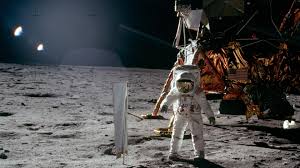

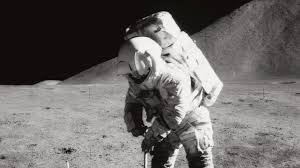
- Home1
- Solar System
- Universe
- Mercury
- Earth
- Mars
- Jupiter
- Saturn
- Uranus
- Neptune
- Venus
- Pluto
- Gravity
- Force
- Acceleration
- Radiation
- Dark Energy & Dark Matters
- Laws of Universe
- Black Hole
- Intern Article / Paper Publication
- Galaxy
- guestbook
- chatroom
- Blogger
- Membership

SPACE HERO'S
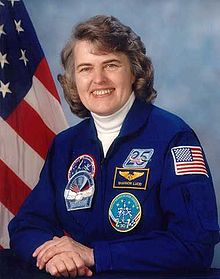
Shannon Matilda Wells Lucid
(born January 14, 1943) is an American biochemist and a retired NASA astronaut.At one time, she held the record for the longest duration stay in space by an American, as well as by a woman. She has flown in space five times including a prolonged mission aboard the Mir space station in 1996; she is the only American woman to serve aboard Mir.
Lucid was born in Shanghai, China, to Baptist missionary parents Oscar and Myrtle Wells, but grew up in Bethany, Oklahoma and graduated from Bethany High School. She attended the University of Oklahoma and obtained a Ph.D. in biochemistry from that school in 1973.Lucid was selected for the NASA Astronaut Corps in 1978. Of the six women in this first class with female astronauts, His first space flight was in June 1985 on Space Shuttle Discovery's mission STS-51-G. She also flew on shuttle missions STS-34 in 1989, STS-43 in 1991, and STS-58 in 1993.
Lucid is best known for her fifth spaceflight, when she spent 188 days in space, from March 22 to September 26, 1996, including 179 days aboard Mir, the Russian space station. Both to and from Mir, she travelled on Space Shuttle Atlantis, launching on STS-76 and returning on STS-79. Her stay on Mir was not expected to last so long but her return was delayed twice, extending her stay by about six weeks. During the mission she performed numerous life science and physical science experiments. As a result of her time aboard Mir, she held the record for the most hours in orbit by a non-Russian and most hours in orbit by a woman. On June 16, 2007, her record for longest duration spaceflight by a woman was exceeded by Sunita Williams aboard the International Space Station.[3][4][5]
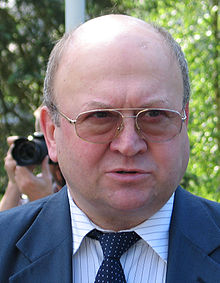
Vladimír Remek
First Czech citizen in space
( Born 26 September 1948) is a Czech politician, diplomat and sales representative, and a former cosmonaut and military pilot. He flew aboard Soyuz 28 from 2 to 10 March 1978, for seven days, 22 hours, and 17 minutes, becoming the first Czechoslovak in space; he is also the first and so far only Czech in space. He was the first cosmonaut from a country other than the Soviet Union or the United States, and as of 2004 with the entry of the Czech Republic into the European Union, Remek is considered to be the first astronaut from the European Union. In 2004 he was elected into the European Parliament.
Remek joined the Intercosmos program in 1976; his backup was Oldřich Pelčák. After his 1978 flight, on 16 March, he and Aleksei Gubarev, the other member of the crew, were awarded the title Hero of the Soviet Union.
During the 2004 European Parliament election, Remek was an independent candidate for the Communist Party of Bohemia and Moravia and, being second on the list, was elected into the European Parliament. He was elected again in 2009. In January 2014 Remek became Czech ambassador to Russia
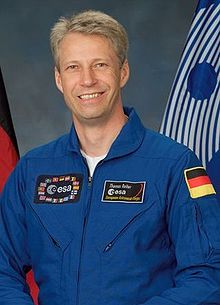
Thomas Arthur Reiter
First German astronaut to perform a Spacewalk .(born 23 May 1958 in Frankfurt, Germany) is a retired European astronaut and is a Brigadier General in the German Air Force currently working as Director of Human Spaceflight and Operations at the European Space Agency (ESA). As of 2008[update], he was one of the top 25 astronauts in terms of total time in space. With his wife and two sons he lives in Wahnbek (near Oldenburg) in Lower Saxony.He graduated from Goethe-High School in Neu-Isenburg in 1977. In 1982, Reiter received his diploma in aerospace engineering from the Bundeswehr University Munich. In 2010 the university awarded him an honorary doctorate degree. He completed his training as a pilot in Germany and Texas.
He served as an onboard engineer for the Euromir 95/Soyuz TM-22 mission to the Mir space station. During his 179 days aboard Mir, he carried out two EVAs and became the first German astronaut to perform a spacewalk.
Between 1996 and 1997, he underwent additional training on the Soyuz spacecraft and was awarded a "Soyuz Return Commander" certificate, qualifying him to command a three-person Soyuz crew during its return from space.
He trained for a six-month mission to the International Space Station and was launched on the Discovery STS-121 mission to join Expedition 13. The launch date was set for 1 July 2006, but was moved to 2 July, and finally launched on 4 July 2006 due to weather delays. Discovery departed 15 July, leaving Reiter behind with Expedition 13. He later became part of Expedition 14 before returning to Earth aboard Discovery during the STS-116 mission.
His ISS mission was designated Astrolab by the European Space Agency
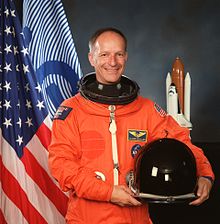
Claude Nicollier
First Switzerland Citize in space .
( Born 2 September 1944 in Vevey, Switzerlandis the first astronaut from Switzerland, and has flown on four Space Shuttle missions. His first spaceflight (STS-46) was in 1992, and his final spaceflight (STS-103) was in 1999. He took part in two servicing missions to the Hubble Space Telescope (called STS-61 and STS-103). During his final spaceflight he participated in a spacewalk, becoming the first European Space Agency astronaut to do so during a Space Shuttle mission (previous ESA astronauts conducted spacewalks aboard Mir, see List of spacewalks and moonwalks 1965–1999). In 2000 he was assigned to the Astronaut Office Extravehicular Activity Branch, while maintaining a position as Lead ESA astronaut in Houston. Nicollier retired from ESA in April 2007.He was appointed full professor of Spatial Technology at the École Polytechnique Fédérale de Lausanne on 28 March 2007.He is an expert board member of Swiss Space Systems.In July 1978, he was selected by ESA as a member of the first group of European astronauts. Under agreement between ESA and NASA, he joined the NASA astronaut candidates selected in May 1980 for astronaut training as a mission specialist.
Nicollier's first spaceflight was as a Mission Specialist on the 8-day Space Shuttle mission aboard Atlantis, called STS-46, in 1992. The crew deployed the European Retrievable Carrier EURECA, as well as the Tethered Satellite System-1, which was a joint NASA and Italian Space Agency project.

What is 'Radiation' ?
In physics, radiation is a process in which electromagnetic waves
travel through a vacuum or through matter-containing media; the
existence of a medium to propagate the waves is not
required.
Who discover ' Radiation '?
Electromagnetic radiation of wavelengths other than light were
discovered in the early 19th century. The discovery of infrared
radiation is ascribed to William Herschel, the astronomer. Herschel
published his results in 1800 before the Royal Society of London.
Herschel, like Ritter, used a prism to refract light from the Sun
and detected the infrared (beyond the red part of the spectrum),
through an increase in the temperature recorded by a
thermometer.
In 1801, the German physicist Johann Wilhelm Ritter made the
discovery of ultraviolet by noting that the rays from a prism
darkened silver chloride preparations more quickly than violet
light. Ritter's experiments were an early precursor to what would
become photography. Ritter noted that the UV rays were capable of
causing chemical reactions.The first radio waves detected were not
from a natural source, but were produced deliberately and
artificially by the German scientist Heinrich Hertz in 1887, using
electrical circuits calculated to produce oscillations in the radio
frequency range, following formulas suggested by the equations of
James Clerk Maxwell.